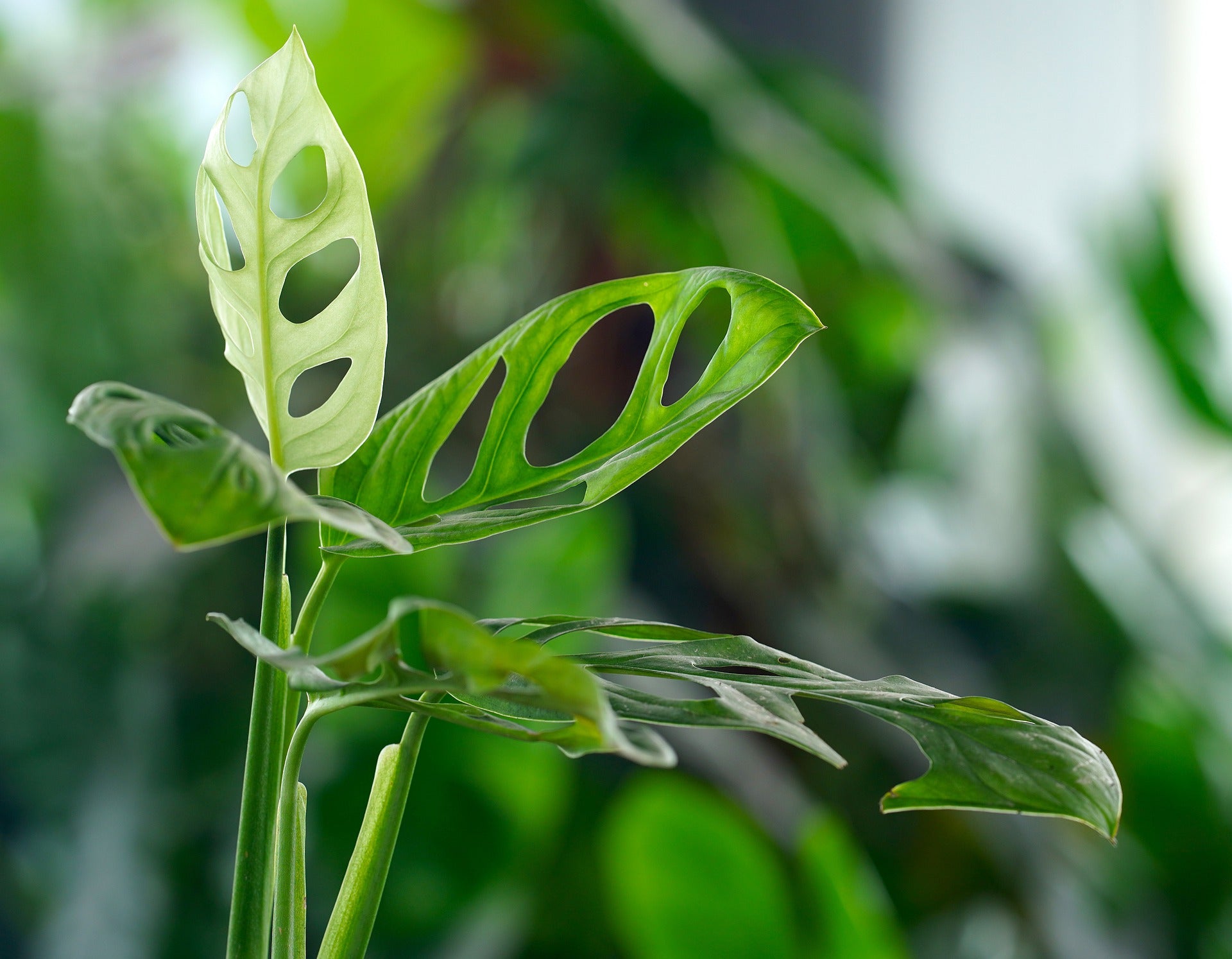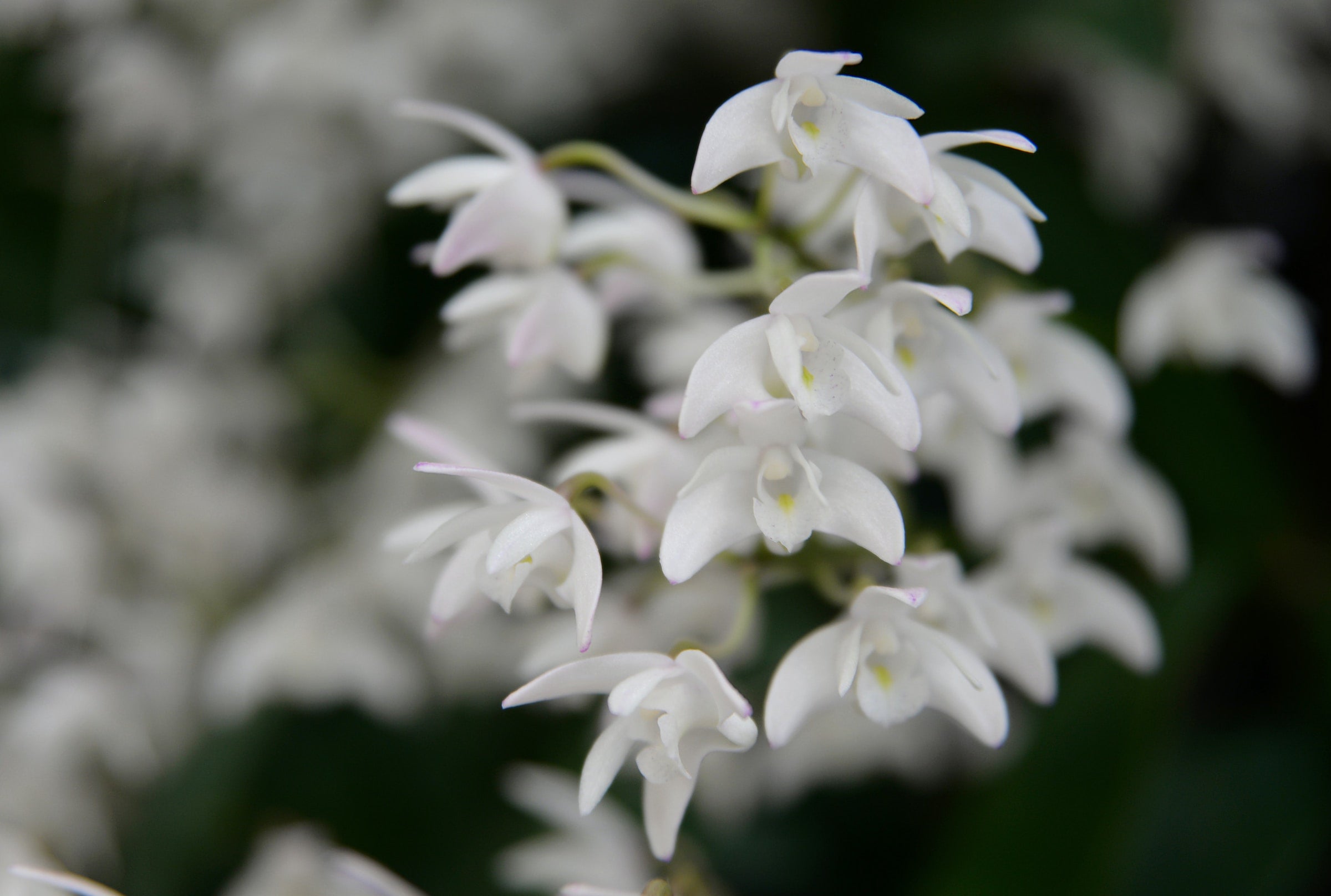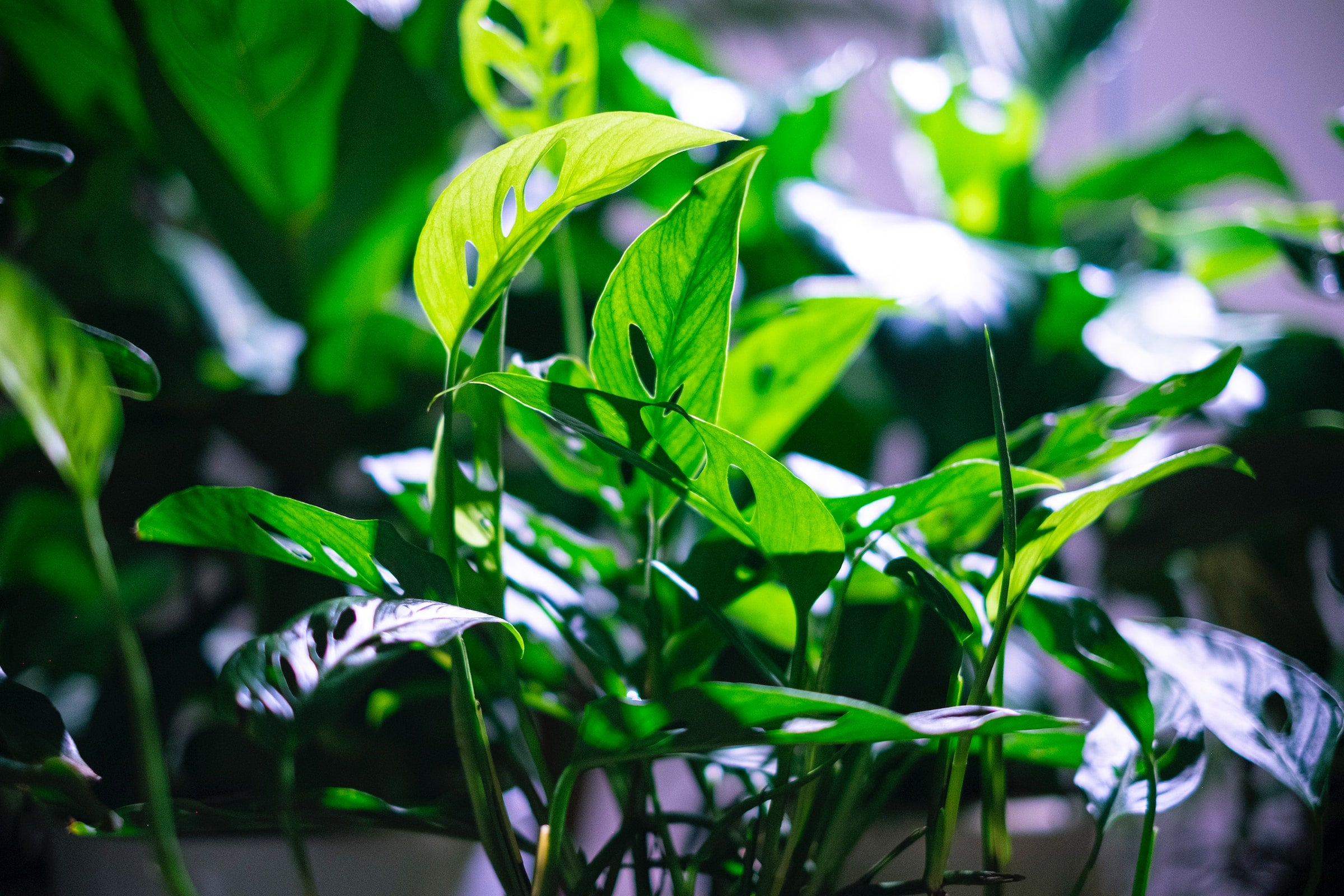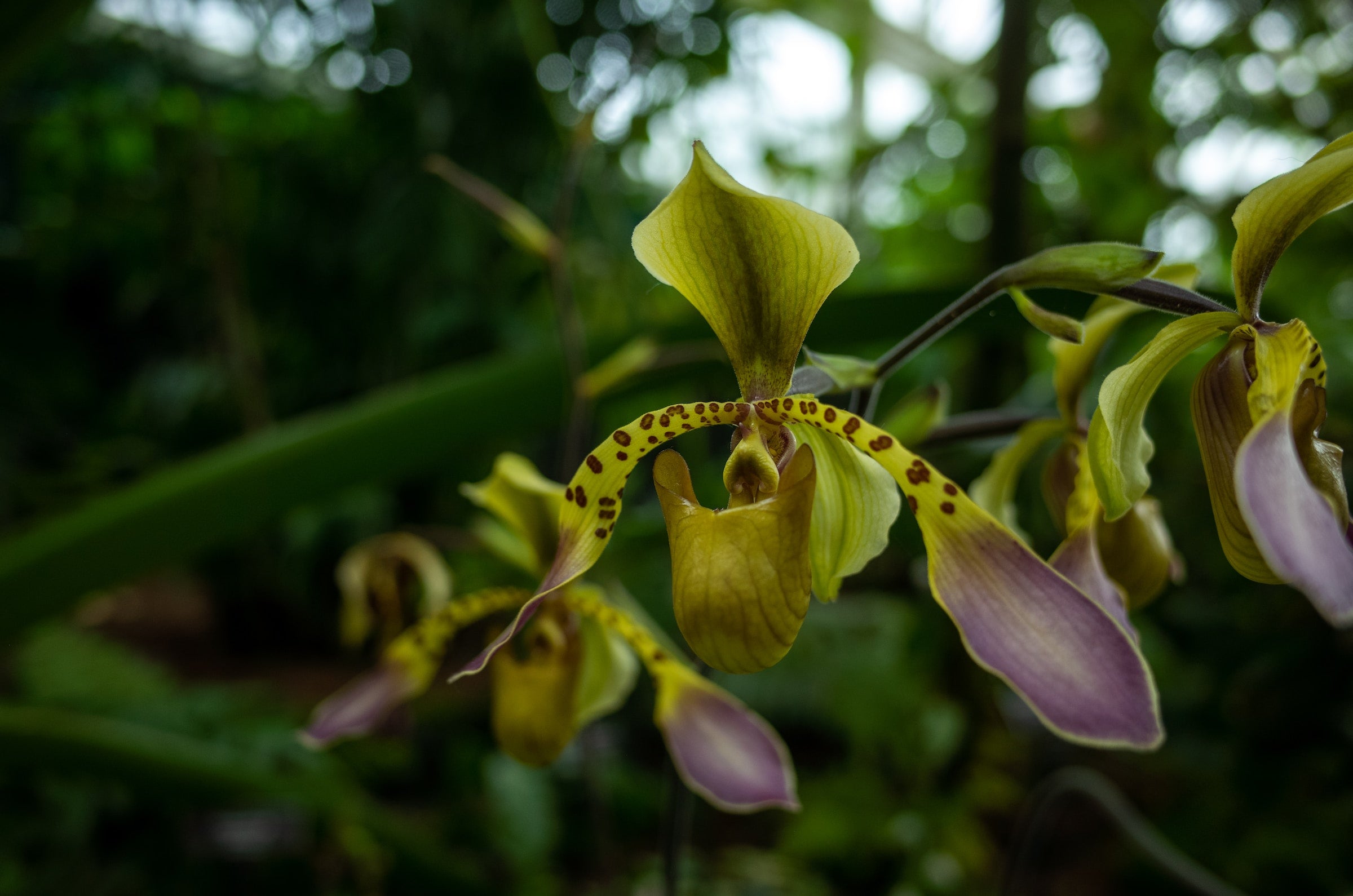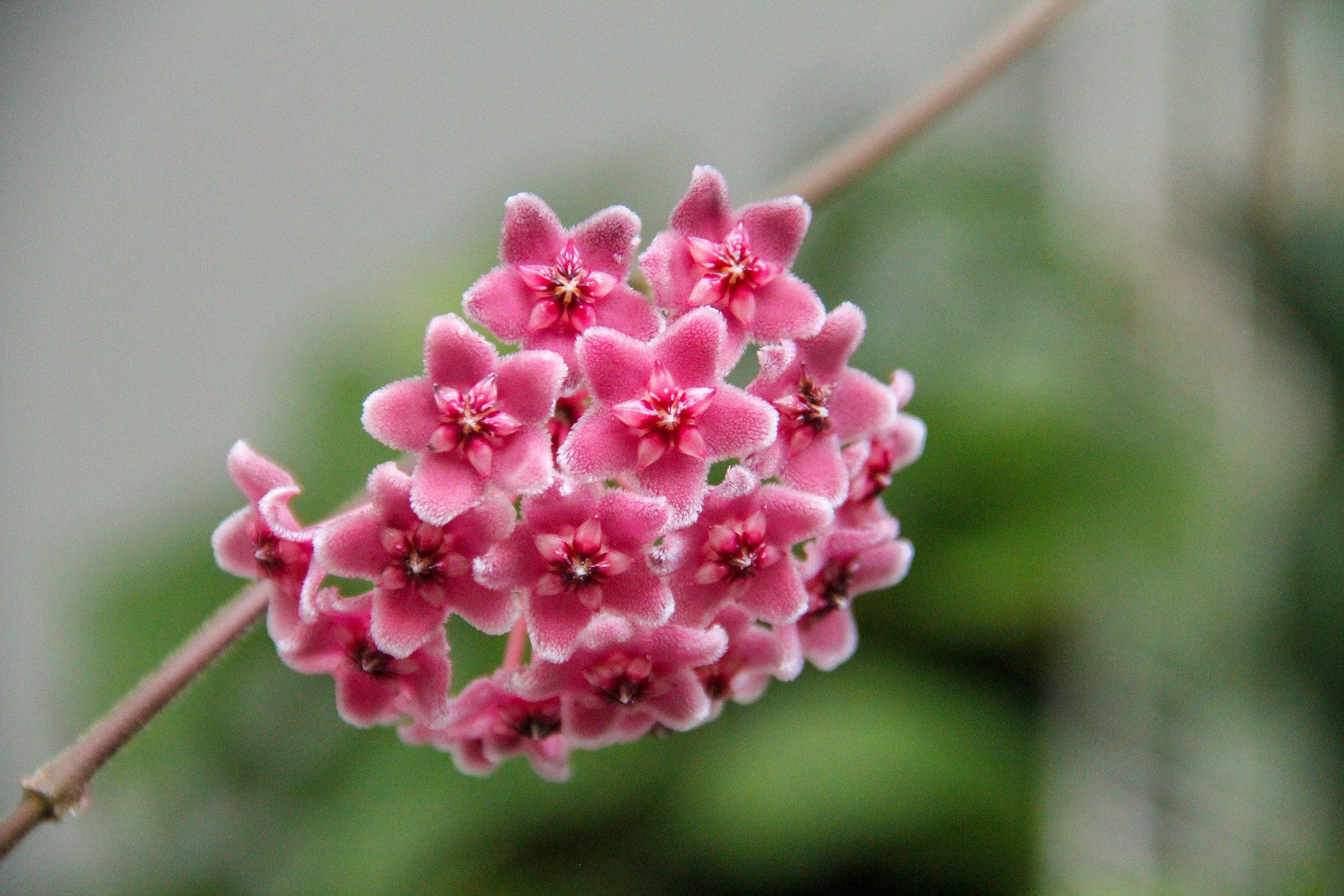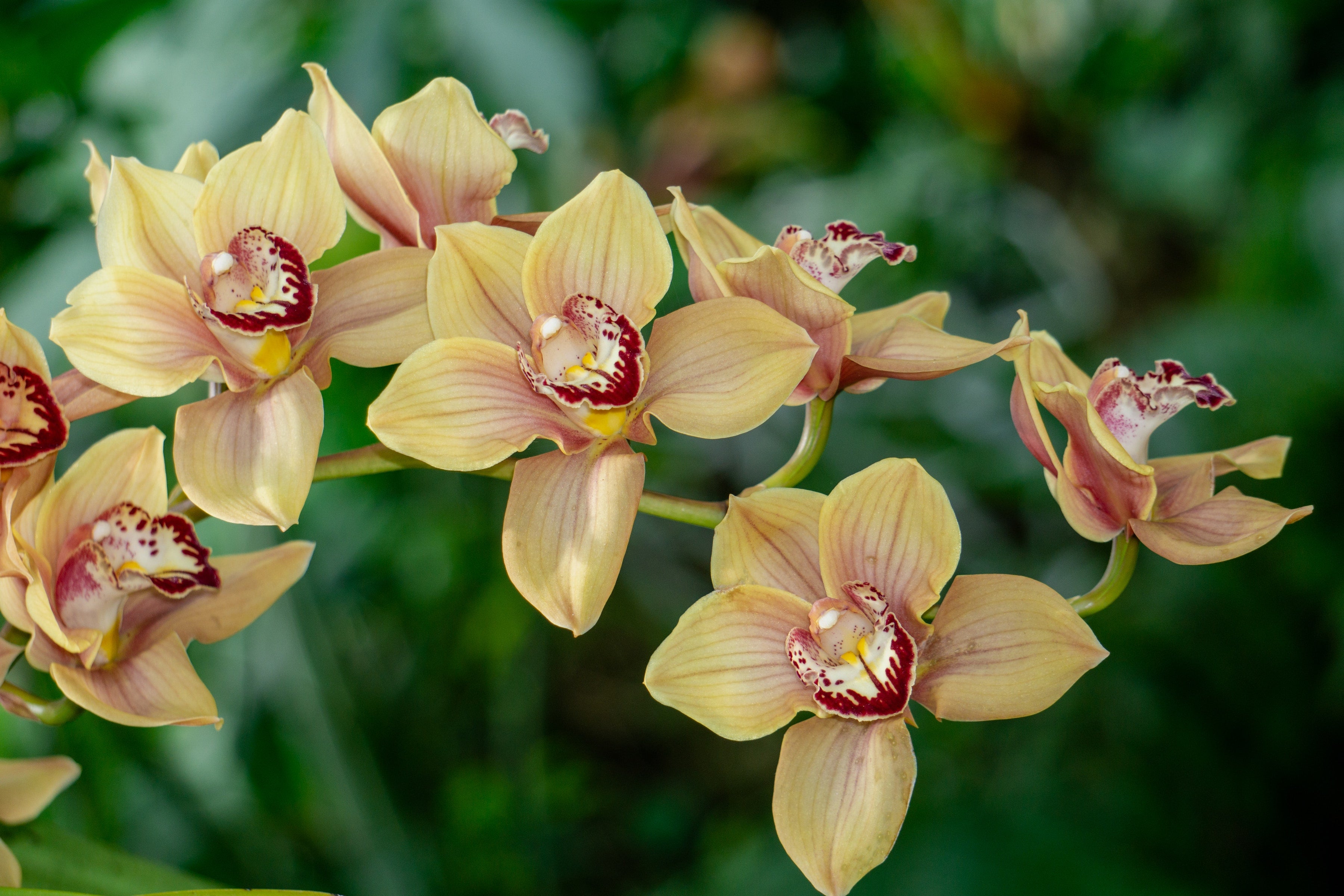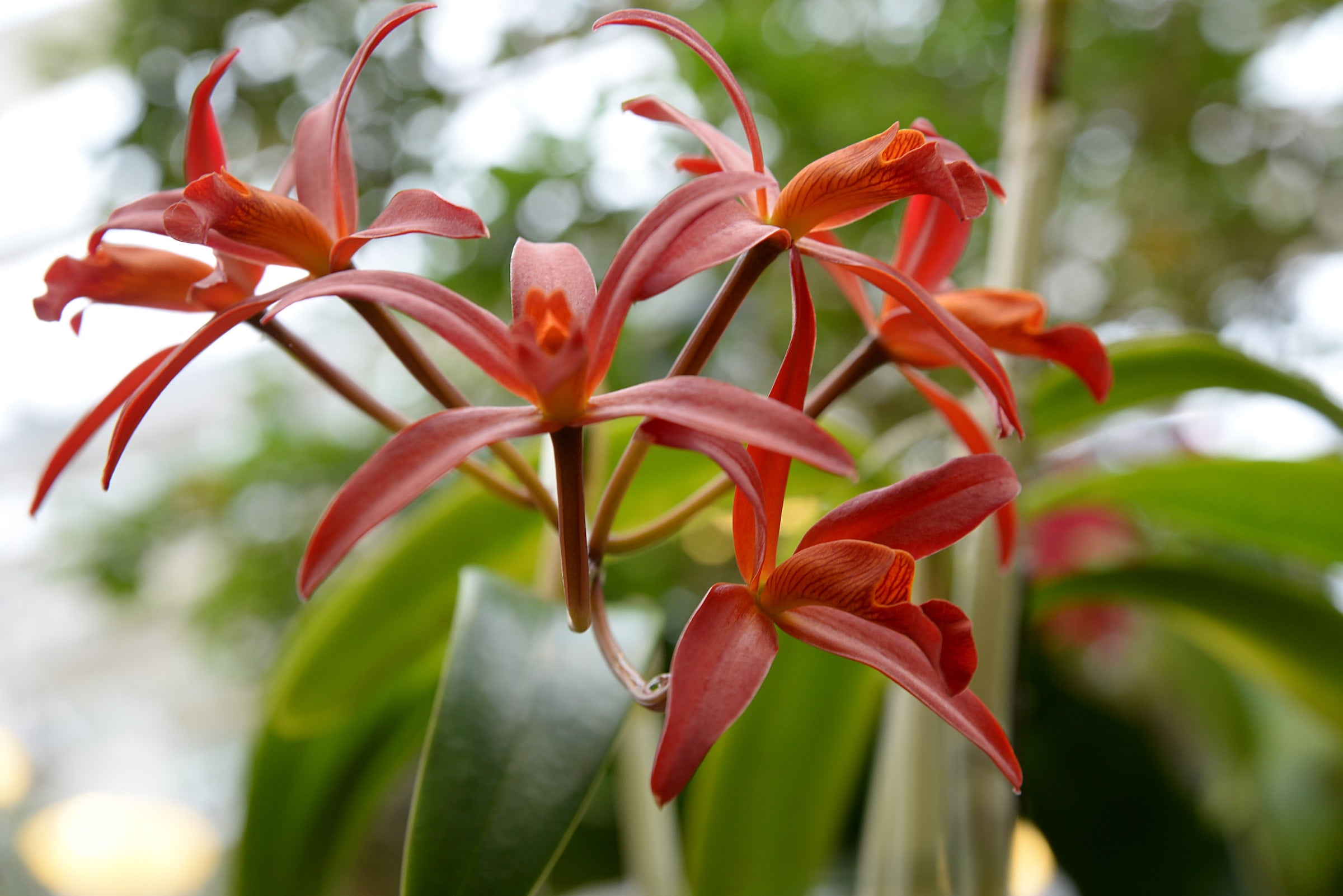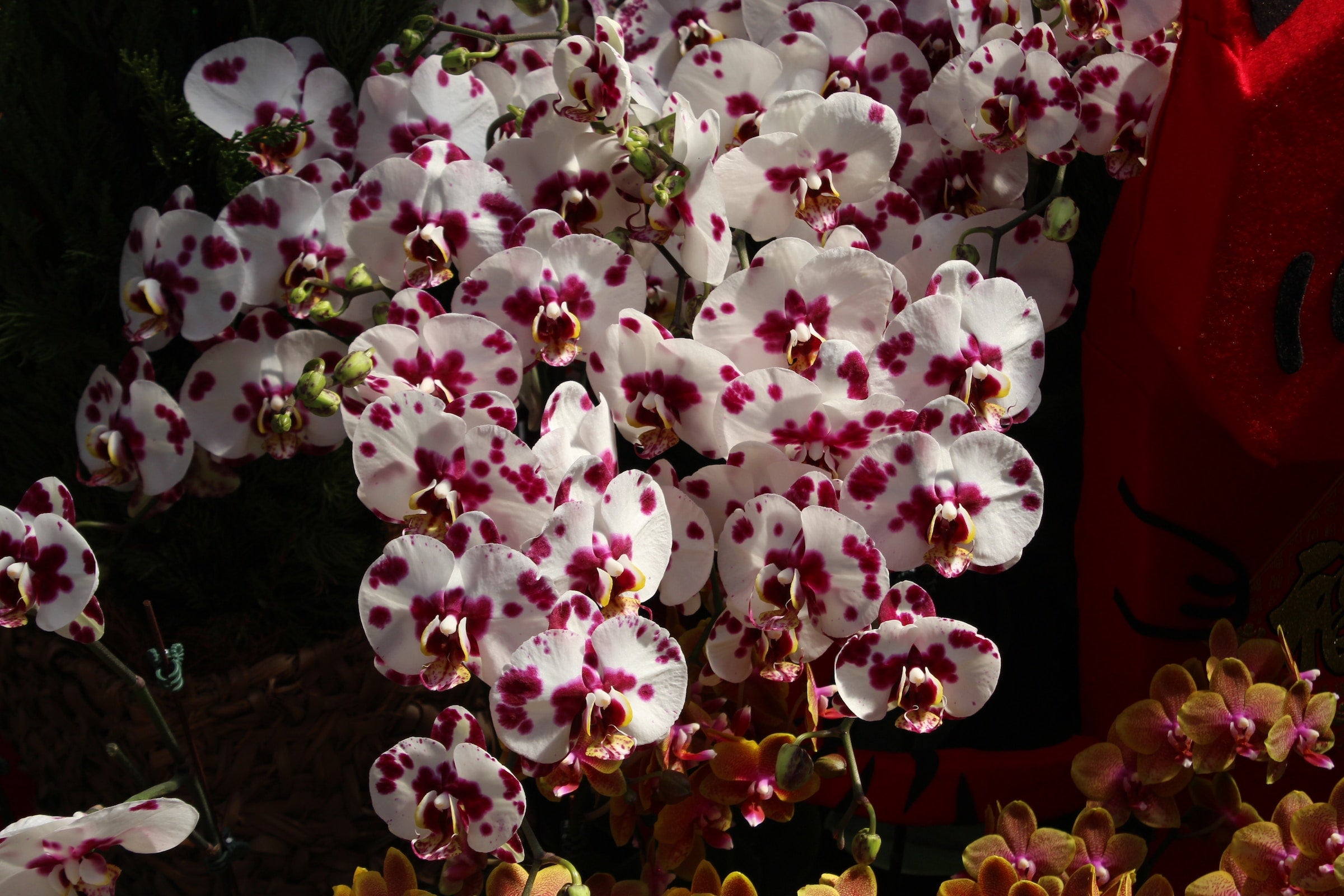Care
Basic tips
Guidelines for keeping orchids easier, for both in the living room and in a (gardener's) greenhouse
Placement
- Light requirements are different for each orchid species. This depends entirely on where it grows originally and a bit on what the orchid is used to.
- Most orchids should not be in full daylight, especially in the summer. This refers to direct sunlight. Lots of light is important, but direct sunlight is not good for plants.
- In winter, we recommend supplemental lighting. There are great solutions today for times like winter when there is little light for the plants. Consider LED light, for example. LED light ensures better growth.
- An orchid by nature actually needs 12 hours of light per day. So if the plant gets about 5 hours of light in winter, it is then advisable to add about 7 more hours of LED light. It is best to do this during the day. We recommend doing this from 6 a.m. to 4 p.m., for example. Extra light that the plant gets from outside is a nice bonus.
Temperature
- The ideal temperature for orchids usually differs per species. The temperature can be found online and in our webshop.
- In general, orchids do not like temperatures above 30 degrees, because then the plant cells begin to die.
- In general, orchids also do not like frost.
Water
- Rainwater or clean aquarium water is recommended. Tap water may also be used in principle, but it is best not to use it too often.
- The water should be approximately at plant temperature. This means that if the plant is at room temperature, the water may also be at room temperature. If the plant is in a climate with 15 degrees, then the water may also be around 15 degrees.
- Never give the plant too cold water! This is not good for the growth of the plant.
Fertilization
- Giving fertilizer is good for any orchid, provided it is dosed and used at the right time.
- This is because the plant needs more light than we can give it. Without fertilizer, it is more difficult to keep the little plant alive. This is because there are fewer sunlight hours in the Netherlands than around the equator, where many orchids come from. When the plant gets a lot of sun, it makes a lot of sugars. With these sugars, a plant can grow even better and will bloom better.
- Mix a teaspoon of the fertilizer with a gallon of water. So you let the powder dissolve and then give this mixture to the plant.
- The water also has a certain level of acidity. Make sure it remains neutral. It should not be too acidic or too alkaline.
Potting up
- Potting varies greatly from orchid to orchid. Some orchids like to be potted a few times a year, where some never need to be potted at all.


